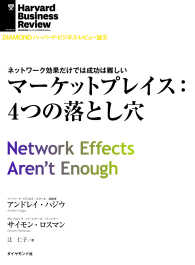- ホーム
- > 洋書
- > 英文書
- > History / World
Full Description
Examines the linguistic relativity principle in relation to the Hupa, Yurok, and Karuk IndiansDespite centuries of intertribal contact, the American Indian peoples of northwestern California have continued to speak a variety of distinct languages. At the same time, they have come to embrace a common way of life based on salmon fishing and shared religious practices. In this thought-provoking re-examination of the hypothesis of linguistic relativity, Sean O'Neill looks closely at the Hupa, Yurok, and Karuk peoples to explore the striking juxtaposition between linguistic diversity and relative cultural uniformity among their communities.
O'Neill examines intertribal contact, multilingualism, storytelling, and historical change among the three tribes, focusing on the traditional culture of the region as it existed during the late nineteenth and early twentieth centuries. He asks important historical questions at the heart of the linguistic relativity hypothesis: Have the languages in fact grown more similar as a result of contact, multilingualism, and cultural convergence? Or have they instead maintained some of their striking grammatical and semantic differences? Through comparison of the three languages, O'Neill shows that long-term contact among the tribes intensified their linguistic differences, creating unique Hupa, Yurok, and Karuk identities.
If language encapsulates worldview, as the principle of linguistic relativity suggests, then this region's linguistic diversity is puzzling. Analyzing patterns of linguistic accommodation as seen in the semantics of space and time, grammatical classification, and specialized cultural vocabularies, O'Neill resolves the apparent paradox by assessing long-term effects of contact.
-

- 電子書籍
- 俺だけレベルが上がる世界で悪徳領主にな…
-

- 電子書籍
- 公爵と忘れられた美女 ライムブックス
-

- 電子書籍
- 世界が驚愕 外国人観光客を呼ぶ日本の勝…
-

- 電子書籍
- マーケットプレイス:4つの落とし穴 D…




